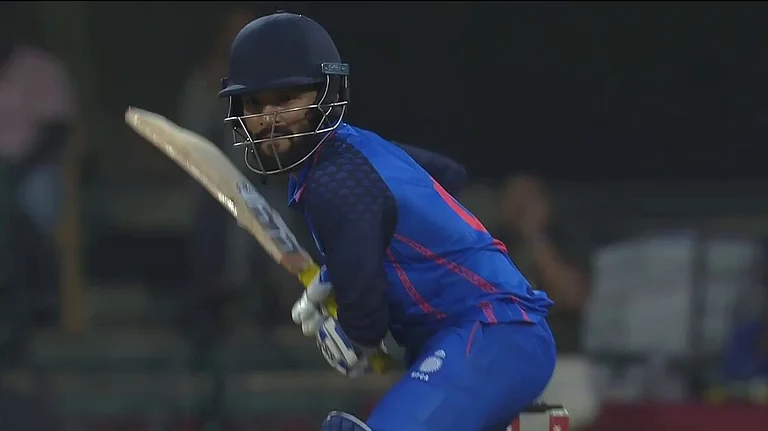Playing against the West Indies in the Benson & Hedges World series odi in Brisbane on January 11, the debutant walked in at 35 for 4, after India’s top four batsmen had been dismissed, Srikkanth for 4, Sidhu for 1, Manjrekar for 1 and Azhar for 8. Ganguly was lbw to Anderson Cummins for 3. India made 191, mainly due to the young Sachin Tendulkar’s 77, and 36 extras.
When the West Indies batted, Azhar used as many as seven bowlers, including Srikkanth and even Sidhu, but Ganguly, who had come into the team as an all-rounder, wasn’t given a chance to try his luck. On the basis of this one match, he cooled his heels till June 1996.
It’s interesting to compare this treatment with what Tendulkar and Rahul Dravid received. In his first odi, against Pakistan in Gujranwala in December 1989, Tendulkar scored a duck. In his second odi, against New Zealand at Dunedin, he scored another duck. In his next six odis, he scored 36, 10, 20, 19, 31 and 36, at an average of 19, finally making his first 50, in his ninth odi, against Sri Lanka in Pune, a full year after he had debuted.
Dravid debuted against Sri Lanka in Singapore in April 1996. He scored 3, just as Ganguly had done. He was not dropped, and went on to score 4, 3, 11, 22 not out, 7 not out, 13 and 39 in the next seven matches before hitting 90 against Pakistan in Toronto in September 1996. His first double-figure score—11—was only in his fourth match.
Obviously, no one axed Tendulkar or Dravid, and they should not have. But aficionados of alternate histories may find it amusing to imagine what would have happened if Dravid had been dropped, as Ganguly was, after scoring 3 in his first odi, and was made to wait four-and-a-half years for a second chance. What if Tendulkar had been dropped after his two zeros in his first two odis? Also, suppose Azhar and the selectors had let Ganguly find his feet in the international arena in 1992, giving him a few more matches? No wonder Ganguly is so supportive as a captain of youngsters.


























